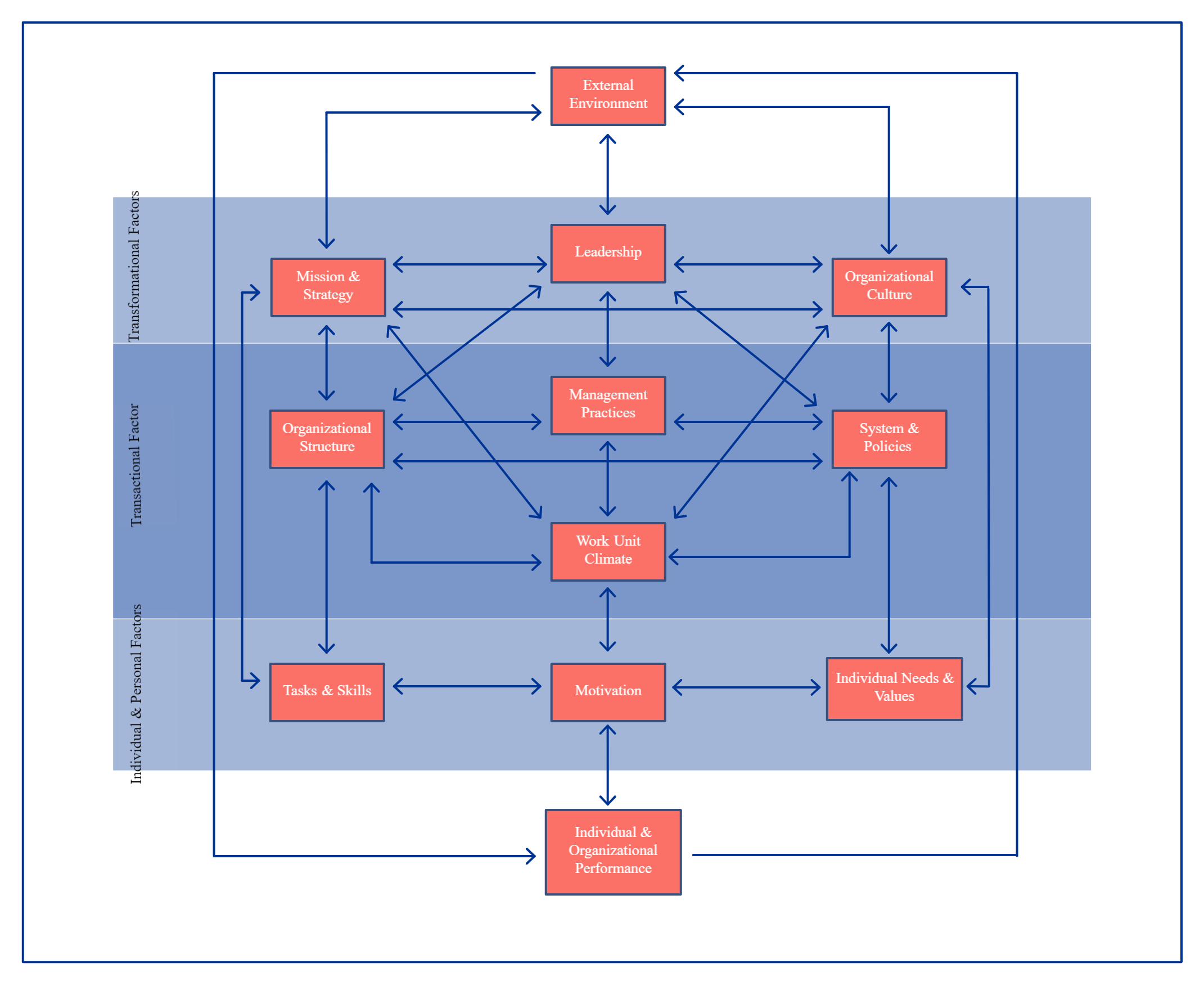
How Business Intelligence Software Bridges Gaps in Your Strategy
In today’s fast-paced and competitive business landscape, organizations are constantly seeking ways to stay ahead of the curve and gain a competitive advantage. One crucial aspect of achieving this goal is having a well-planned and well-executed business strategy. However, even the most thorough strategy can have gaps and inefficiencies that can hinder a company’s progress and profitability. This is where business intelligence (BI) software comes in – a powerful tool designed to bridge these gaps and optimize business performance.
The Importance of Business Strategy
A well-crafted business strategy is essential for any organization, as it provides a roadmap for achieving its goals and objectives. It outlines the company’s vision, mission, and values, as well as its target market, competitive landscape, and financial projections. A good strategy helps businesses allocate resources effectively, prioritize initiatives, and make informed decisions.
However, even the best-laid plans can have gaps and weaknesses that can undermine their effectiveness. These gaps can arise from various sources, such as:
- Lack of data-driven insights: Without access to accurate and timely data, businesses may struggle to make informed decisions, leading to inefficiencies and missed opportunities.
- Inefficient processes: Manual processes, lack of automation, and inadequate technology can slow down operations, increase costs, and reduce productivity.
- Poor communication and collaboration: Siloed departments, inadequate communication, and lack of collaboration can hinder information sharing, decision-making, and problem-solving.
- Inadequate performance measurement: Without effective metrics and benchmarks, businesses may struggle to measure progress, identify areas for improvement, and adjust their strategy accordingly.
The Role of Business Intelligence Software
Business intelligence software is designed to address these gaps and enhance business strategy by providing organizations with the tools and capabilities they need to make informed decisions, optimize operations, and drive growth. BI software typically includes a range of features, such as:
- Data integration and management: BI software can connect to various data sources, integrate and consolidate data, and provide a unified view of business performance.
- Data analysis and visualization: BI tools enable users to analyze data, create interactive dashboards, and visualize insights, making it easier to understand complex data and identify trends.
- Reporting and alerting: BI software can generate automated reports, send alerts, and notify users of critical events, ensuring that stakeholders stay informed and up-to-date.
- Predictive analytics and forecasting: Advanced BI tools can use machine learning and statistical algorithms to predict future trends, identify opportunities, and forecast potential outcomes.
How Business Intelligence Software Bridges Gaps in Your Strategy
By providing organizations with a comprehensive and integrated platform for data analysis, reporting, and decision-making, BI software can bridge gaps in business strategy in several ways:
- Data-driven decision-making: BI software enables businesses to make informed decisions by providing access to accurate, timely, and relevant data. This helps organizations allocate resources effectively, prioritize initiatives, and optimize operations.
- Process optimization: BI tools can help identify inefficiencies and bottlenecks in business processes, enabling organizations to streamline operations, reduce costs, and improve productivity.
- Improved communication and collaboration: BI software can facilitate information sharing, collaboration, and communication among departments and stakeholders, ensuring that everyone is aligned and working towards common goals.
- Enhanced performance measurement: BI software provides organizations with the metrics and benchmarks they need to measure progress, identify areas for improvement, and adjust their strategy accordingly.
- Predictive insights: Advanced BI tools can provide predictive insights, enabling businesses to anticipate and respond to changing market conditions, customer needs, and competitive landscapes.
Real-World Examples
Several organizations have successfully used BI software to bridge gaps in their strategy and achieve significant benefits. For example:
- Retail: A large retail chain used BI software to analyze customer purchasing behavior, preferences, and demographics. By leveraging these insights, the company was able to optimize its product offerings, improve inventory management, and enhance customer experience.
- Finance: A financial services company used BI tools to analyze transactional data, identify patterns, and predict credit risk. This enabled the company to make more informed lending decisions, reduce risk, and improve profitability.
- Manufacturing: A manufacturing organization used BI software to monitor production processes, identify bottlenecks, and optimize supply chain operations. This resulted in improved efficiency, reduced costs, and enhanced product quality.
Best Practices for Implementing Business Intelligence Software
To ensure successful implementation of BI software and maximize its benefits, organizations should follow these best practices:
- Define clear goals and objectives: Identify the specific business challenges and opportunities that BI software can address.
- Assess data quality and availability: Ensure that relevant data is accurate, complete, and accessible.
- Choose the right BI tool: Select a BI software that meets the organization’s specific needs and requirements.
- Develop a comprehensive implementation plan: Ensure that the implementation plan includes training, support, and ongoing maintenance.
- Monitor and evaluate progress: Regularly assess the effectiveness of BI software and make adjustments as needed.
Conclusion
Business intelligence software is a powerful tool that can help organizations bridge gaps in their strategy, optimize operations, and drive growth. By providing access to accurate and timely data, facilitating informed decision-making, and enhancing performance measurement, BI software can help businesses stay ahead of the competition and achieve their goals. By following best practices for implementation and using BI software effectively, organizations can unlock its full potential and reap significant benefits. Whether you’re a small startup or a large enterprise, business intelligence software can help you make better decisions, drive innovation, and succeed in an increasingly complex and competitive business environment.
Closure
Thus, we hope this article has provided valuable insights into How Business Intelligence Software Bridges Gaps in Your Strategy. We thank you for taking the time to read this article. See you in our next article!


